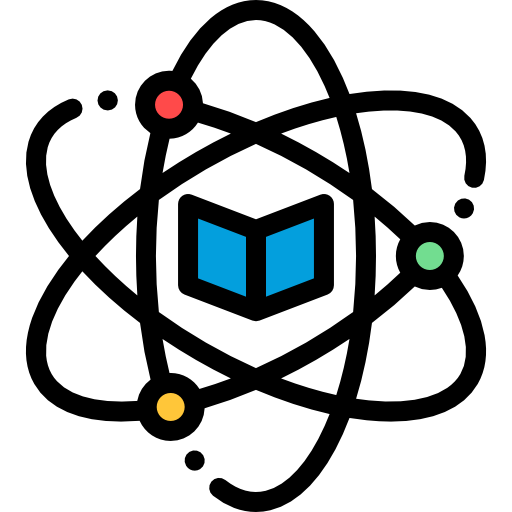Please proceed with your order so that we can facilitate taking your exam on your behalf. Click Here
Question one: What are the forces that make a spring? The answer is that they are known as centrifugal force, tension, and friction. What would happen if you took two people on each end of a spring and then pulled them apart at the center of the spring? This would cause both people to experience friction.
Question two: What is the relationship between light and gravity? The relationship between light and gravity is that it behaves like a wave. As you look out your window and look up, you will notice that it will be traveling up and down. Light waves are also traveling through space. If you were to put a cloud of water in front of you, and then put a needle in the water with your telescope, you would see that the light from it would travel back and forth between your lens and the cloud.
Question three: What is the relationship between water and air? The relationship between air and water is known as the pressure of atmospheric pressure. If you were to take a balloon up in the air, and then take an air hose that was connected to the bottom of the balloon, you would be able to observe that the pressure of the balloon air was higher than the pressure of the water. This is known as the atmospheric pressure. You can calculate the pressure of air by looking at the volume of air and calculating the volume of water.
Question four: How does a child learn about gravity? A child should start learning about the forces that are required to make the Earth rotate and spin, and he or she should learn about the way that gravity pulls objects towards the Earth. For a child to understand gravity properly, they need to first understand how things move. In this case, the child must learn how to understand the way that the motion of a rotating Earth affects the motion of objects.
Question five: What is time? The definition of time is that it is the period of time taken to complete one action over another. When an object takes one second to create a movement in the clock, then it is considered to be a second.
Question six: What is light? The definition of light is a particle that can pass through a vacuum. When light travels through a vacuum, it is known as electromagnetic radiation. When an object has energy, it is called radiation.
The last question is what is time again? That is a very simple question. It is just a matter of comparing the times of two different events to find out the difference between them. The difference in times is known as the time.
The six questions will be very helpful for a student to learn the scientific method. Once a student understands these questions, he or she will be able to find more information about different subjects. If they can find the information on Wikipedia, they will also be able to use this information in their future research.
One last question is what is the time then? The answer to this question is that time is the passage of time without a frame. The different frames of reference include the past, present and future.
Time is a measurement of how long it takes something to happen. We can measure the time by taking a look at the clocks and watching how long they take. It is also important to note that there is no such thing as forward time, backward time, and there is no such thing as backward time.
There are also many other things that can be measured. The only reason that we live in the universe is because of all these measurements, the only reason that everything has a definite direction, the only reason that space and time exist, and the only reason that there are a number of different forms of energy. If you were to study them all, you would be very tired!


